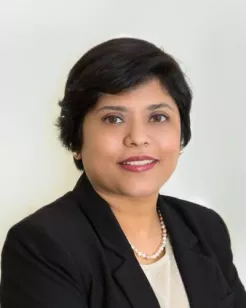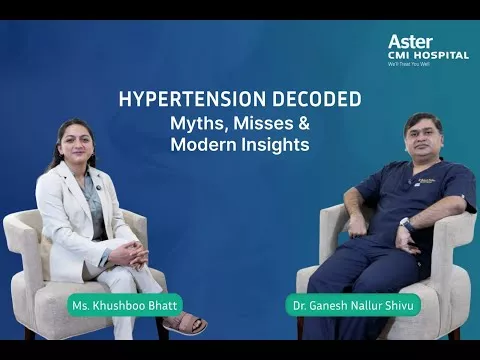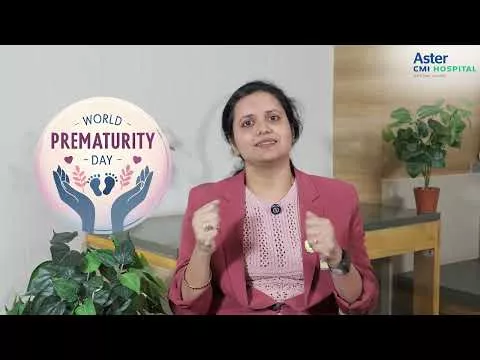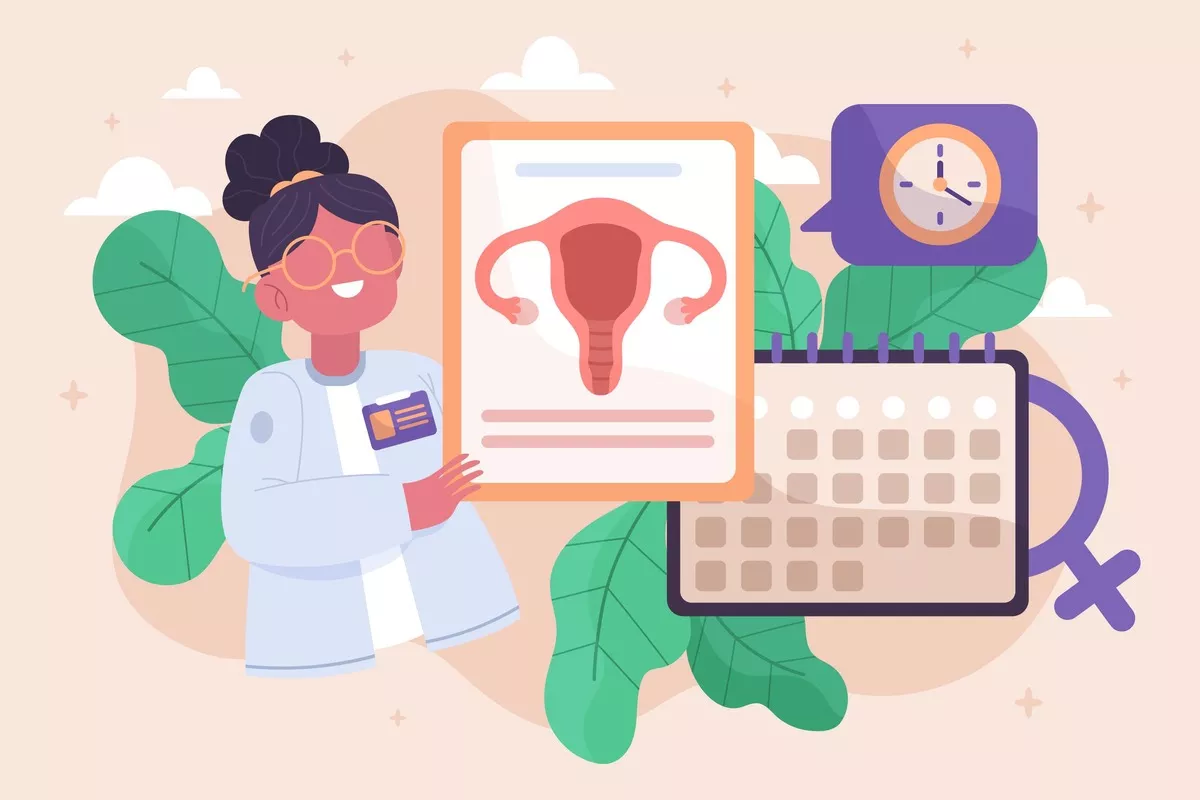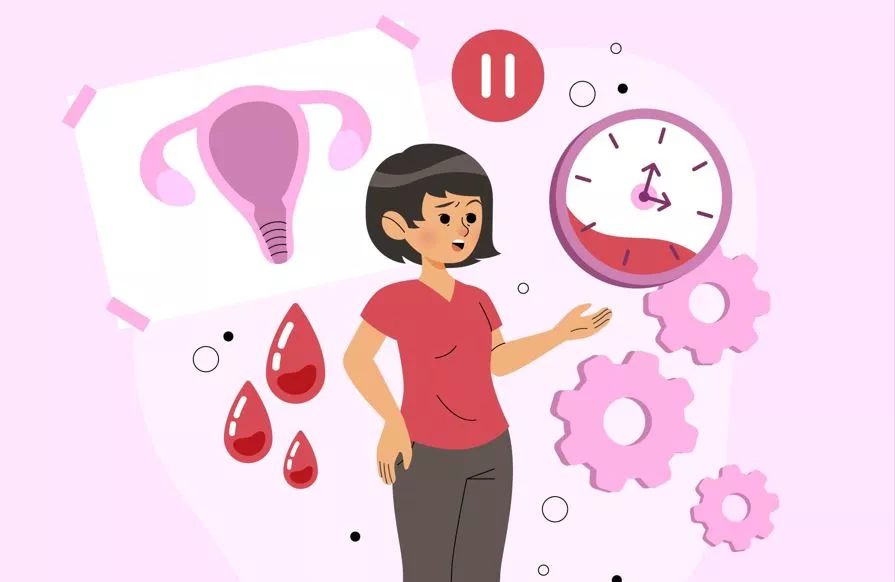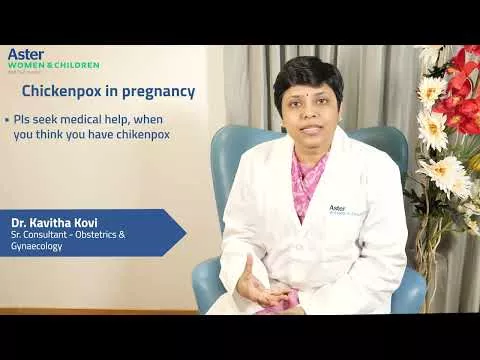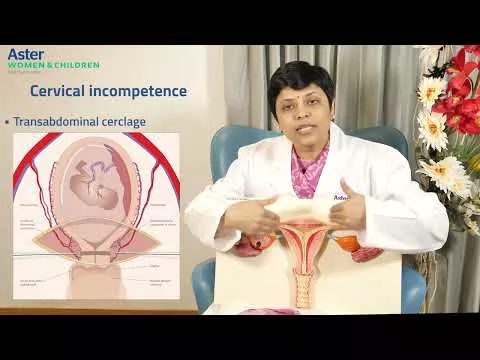Osteoporosis is not a condition that begins in old age. It develops silently, often starting around the time a woman reaches menopause. The bones lose strength gradually. The risk increases with age, but the real shift begins when hormone levels change. Understanding the link between menopause and osteoporosis can help prevent fractures, pain, and mobility issues later in life. For women in India, this awareness can lead to better choices and stronger bones.
What Is Osteoporosis and Why It Matters
Osteoporosis means that bones become porous. They lose density, become weak, and break more easily. It does not cause symptoms until a fracture happens. A small fall may break a hip. A sneeze may cause a cracked rib. These incidents are not always treated as serious. But they signal a deeper issue with bone strength.
Osteoporosis in women is far more common than in men. Studies suggest that one in three women over 50 will suffer a fracture due to this condition. That makes it a major public health issue. The good news is that bone loss can be slowed down or prevented with early steps.
The Role of Oestrogen in Bone Health
Oestrogen is a hormone that supports many functions in a woman’s body. One of its lesser-known roles is to protect bones. It helps maintain the balance between bone formation and bone resorption. This balance keeps bones dense and strong.
When oestrogen levels fall during menopause, this balance shifts. Bone breakdown speeds up. Bone building slows down. The bones start to lose density faster than they can rebuild. This is why menopause and osteoporosis are closely linked. The process may begin quietly but picks up speed in the first 10 years after menopause.
Gynaecologists in India are seeing more patients in their 40s and 50s showing early signs of bone loss. Back pain, poor posture, or repeated fractures may be dismissed at first. But they often point to ongoing deterioration in bone quality.
How Early Menopause Increases the Risk
Women who go through menopause before the age of 45 face higher risk. This may happen naturally or due to surgery, such as hysterectomy. Early menopause reduces the years of bone protection provided by oestrogen. That gives osteoporosis more time to develop.
Early menopause and osteoporosis are strongly linked in clinical studies. Women who experience this shift early in life should be more alert to their bone health. Regular screening, vitamin supplements, and lifestyle changes can make a big difference.
In India, awareness of early menopause is still low. Many women ignore the symptoms. They do not seek help until discomfort becomes severe. Gynaecology hospitals in India are now encouraging women to get bone scans and hormone tests as part of menopause management.
Common Risk Factors That Make It Worse
Some women are more prone to osteoporosis than others. Small body frame, poor diet, lack of physical activity, and smoking increase risk. So do certain medications like steroids or treatments for cancer. If a woman’s mother or grandmother had fractures later in life, she may also be at higher risk.
Lack of calcium and vitamin D is a major concern in India. Many women avoid dairy or sunlight. Others follow restrictive diets without proper guidance. These habits create the perfect setting for bone loss.
Urban lifestyles are adding to the problem. Long hours of sitting, indoor living, and reduced physical work mean bones are not stimulated enough. Bones need load-bearing activity to stay strong. Without it, they start to thin out.
What Symptoms to Watch For
Osteoporosis is called the silent disease because it progresses without signs. But there are clues. Loss of height, stooped posture, frequent fractures, and back pain are common indicators. If these symptoms appear after the age of 45, they should not be ignored.
Gynaecologists in India often work with other specialists to assess bone health. Bone density tests can detect early bone loss. Blood tests can check calcium, vitamin D, and hormone levels. These tools help design a personalised treatment plan.
Steps Women Can Take to Prevent Bone Loss
Prevention starts early. Girls and young women should build strong bones during their growing years. For women in their 30s and 40s, the focus should be on maintaining bone density before menopause begins.
Simple daily actions matter. Walking, climbing stairs, or strength training stimulates bone growth. A balanced diet with dairy, leafy greens, and whole grains provides essential nutrients. Vitamin D from sunlight and supplements supports calcium absorption.
Women going through menopause should talk to their doctors about hormone levels, lifestyle changes, and bone scans. Those with early menopause should take extra care. Gynaecology hospitals in India now offer holistic menopause clinics that include bone health assessments and prevention counselling.
Conclusion
The connection between menopause and osteoporosis is well established. The sudden drop in oestrogen changes how bones are built and maintained. Osteoporosis in women often begins quietly after menopause and worsens without care. Early menopause makes the risk even higher.
But awareness, testing, and small lifestyle shifts can delay or prevent major complications. Gynaecologists in India are helping more women take charge of their bone health before it is too late. Strong bones mean stronger lives, and that strength begins with timely action.

